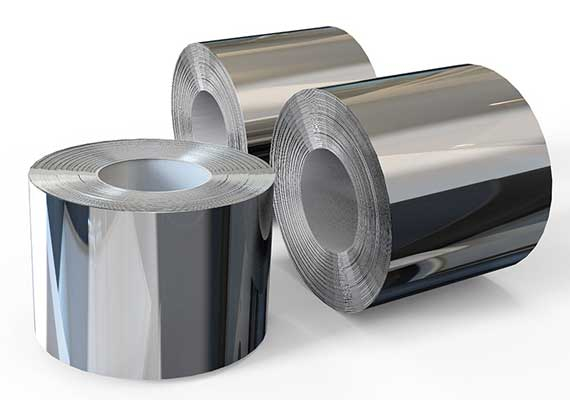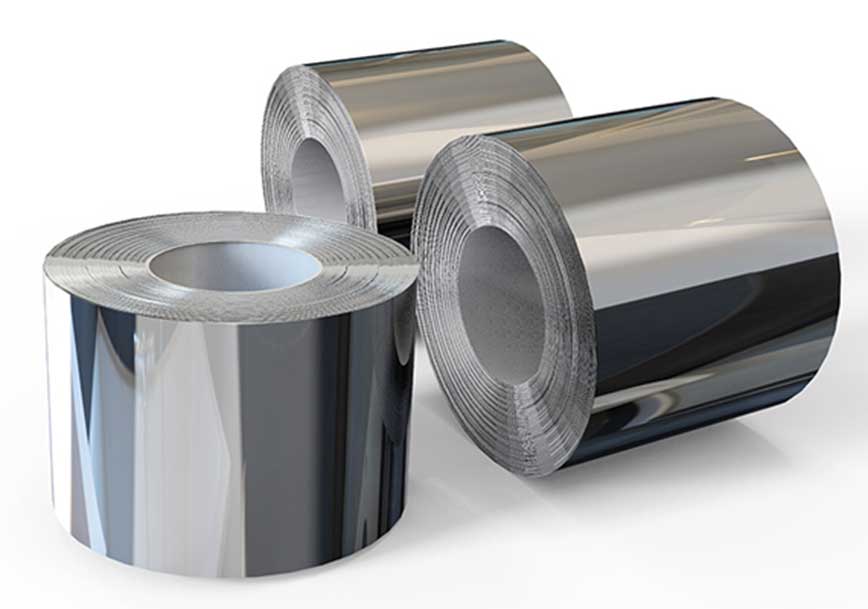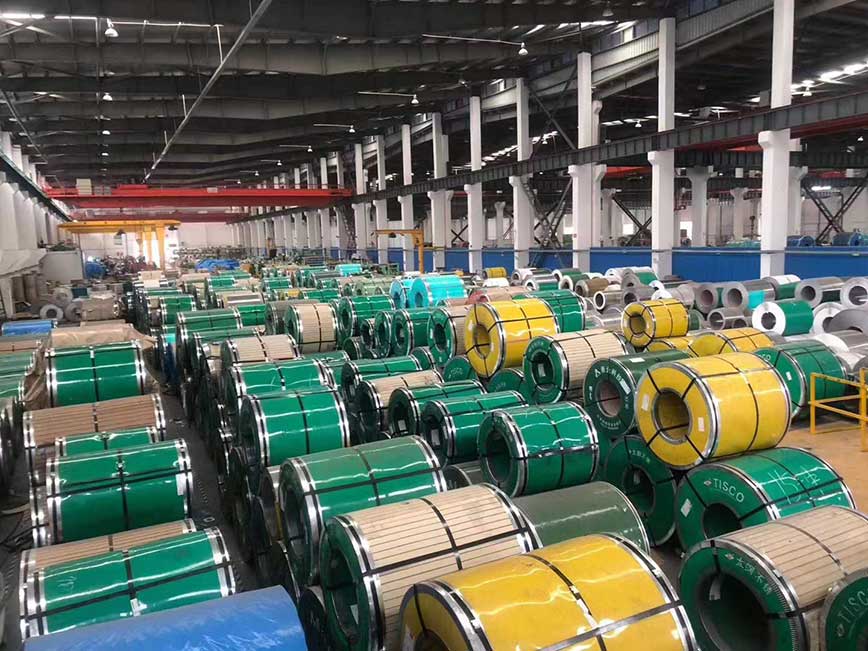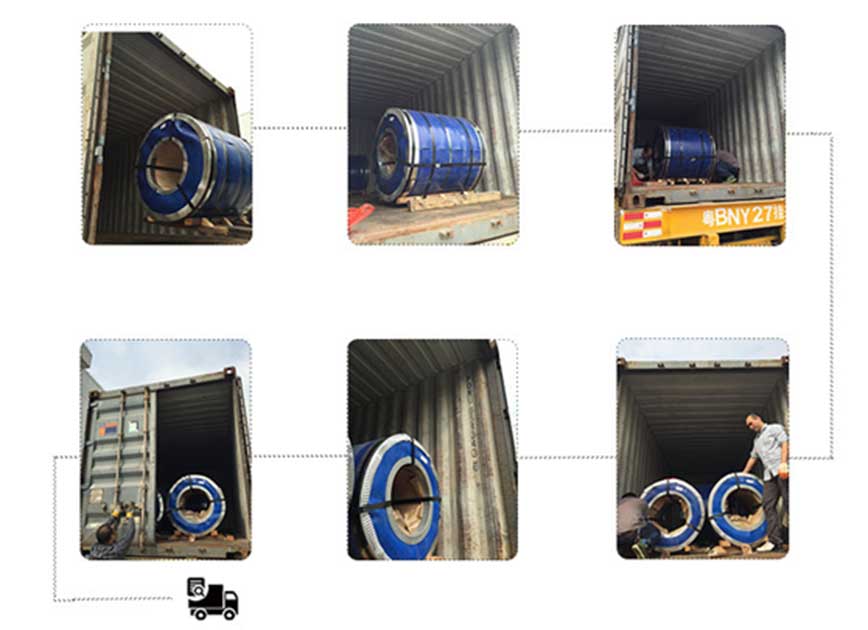
Send your inquiry: sales@cncdsteel.com

Send your inquiry: sales@cncdsteel.com
310S (old grade 0Cr25Ni20/ new grade 06Cr25Ni20) is an austenitic chrome-nickel stainless steel with excellent oxidation resistance and corrosion resistance. Due to a higher percentage of chromium and nickel, 310S has much better creep strength and can operate continuously at high temperatures with good high temperature resistance.310S stainless steel is austenitic chrome-nickel stainless steel, with good oxidation resistance, corrosion resistance, high temperature resistance,…


310S (old grade 0Cr25Ni20/ new grade 06Cr25Ni20) is an austenitic chrome-nickel stainless steel with excellent oxidation resistance and corrosion resistance. Due to a higher percentage of chromium and nickel, 310S has much better creep strength and can operate continuously at high temperatures with good high temperature resistance.

310S stainless steel is austenitic chrome-nickel stainless steel, with good oxidation resistance, corrosion resistance, high temperature resistance, because of the higher percentage of chromium and nickel, so that has much better creep strength, can continue to operate at high temperature, has good high temperature resistance. Because of the high content of nickel (Ni), chromium (Cr), has good oxidation resistance, corrosion resistance, acid and alkali resistance, high temperature resistance steel pipe is used for manufacturing electric furnace tube and other occasions, the austenitic stainless steel increases the content of carbon, due to its solution strengthening effect to improve the strength, Austenitic stainless steel is characterized by the addition of molybdenum, tungsten, niobium and titanium on the basis of chromium and nickel. Due to its face-centered cubic structure, it has high strength and creep strength at high temperature. Melting point 1470℃, 800℃ began to soften, allowable stress continued to decrease.
Hardness (HB) : 187 or less
Tensile strength (б B)(Mpa) :≥515
Yield strength (σ S)(Mpa) :≥205
Elongation (δ)% :≥35
Area reduction (ψ)% :≥50
1. Recommended heat treatment system: 1030 ℃ -1180 ℃, rapid cooling;
2. Mechanical properties include (1) tensile strength: not less than 520; (2) Stipulated non-proportional extension strength: not less than 205; (3) Elongation after fracture: not less than 35;
3. Density: 7.98


Transportation services
- Every cartons loaded with good shoring and strengthening. - Take container loading pictures and seal the container. - Transportation speed is quick. And keep customer eachstep informed.
Q:Can you send samples?
A:Of course, we can send samples to all parts of the world, our samples are free, but customers need to bear the courier costs.
Q:What product information do I need to provide?
A:You need to provide the grade, width, thickness, coating and the number of tons you need to purchase.
Q:What are the shipping ports?
A:Under normal circumstances, we ship from Shanghai, Tianjin, Qingdao, Ningbo ports, you can choose other ports according to your needs.
Q:About product prices?
A:Prices vary from period to period due to cyclical changes in the price of raw materials.
Q:What are the certifications for your products?
A:We have ISO 9001, SGS, EWC and other certifications.
Q:How long does your delivery time take?
A:In general, our delivery time is within 30-45 days, and may be delayed if the demand is extremely large or special circumstances occur.
Q:Can I go to your factory to visit?
A:Of course, we welcome customers from all over the world to visit our factory. However, some of the plants are not open to the public.
Q:Does the product have quality inspection before loading?
A:Of course, all our products are strictly tested for quality before packaging, and unqualified products will be destroyed.
Q:How to pack the products?
A:The inner layer has a waterproof paper outer layer with iron packaging and is fixed with a fumigation wooden pallet. It can effectively protect products from corrosion during ocean transportation.
Q:What is your working time?
A:In general, our online service time is Beijing time: 8:00-22:00, after 22:00, we will reply to your inquiry during the next
working day.
牌号 | Ni | Cr | Si | Mn | C | S | P | 310S | 19.00-22.00 | 24.00-26.00 | ≤1.50 | ≤2.00 | ≤0.08 | ≤0.030 | ≤0.045 |
Products are widely used in construction, machinery, coal mining, chemical industry, electric power, railway vehicles, automobile industry, highways, bridges, containers, sports facilities, agricultural machinery, petroleum machinery, prospecting machinery, greenhouse construction and other manufacturing industries
The corrosion resistance of stainless steel coils decreases as the carbon content increases. Therefore, the carbon content of most stainless steels is low, up to 1.2%, and some steels have a low ωC (carbon content) of even less than 0.03% (such as 00Cr12). The main alloying element in stainless steel coil is Cr (chromium). Only when the Cr content reaches a certain value, the steel has corrosion resistance. Therefore, the goods Cr (chromium) content of at least 10.5%. Stainless steel coil also contains Ni, Ti, Mn, N, Nb, Mo, Si, Cu and other elements.
Most of the requirements for use are to maintain the original appearance of the building for a long time. In determining which type of goods to choose, the main considerations are the required aesthetic standards, the corrosiveness of the local atmosphere and the cleaning system to be used. However, other applications are increasingly seeking structural integrity or impermeability. Examples include roofs and sidewalls of industrial buildings. In these applications, construction cost to the owner may be more important than aesthetics, and the surface may not be very clean. The use of 304 stainless steel coils in dry interior environments is quite effective.
Weldability. Different product uses have different requirements for weldability. A class of tableware generally does not require weldability, even including some cookware companies. However, most products require raw materials with good weldability, such as second-class tableware, insulation cups, steel pipes, water heaters, water dispensers, etc.
Corrosion resistance. Most stainless steel coil products require good corrosion resistance, such as Class I or Class II tableware, kitchen utensils, water heaters, water dispensers, etc.
Polishing performance. In today’s society, stainless steel coil products in the production process are generally polished, only a few products such as water heaters, drinking fountains, etc. do not need to be polished. Therefore, this requires raw materials with good polishing performance.
1. The need for pre-treatment
Pretreatment is an important treatment step before the surface of
stainless steel coil parts enter surface treatment (including pickling,
chemical polishing and electrochemical polishing, electroplating,
passivation, black coating, coloring, chemical treatment, etc.). During
the forming process of goods parts, the surface may adhere to oil
stains, burrs, rough surfaces and oxides. Therefore, before surface
treatment, oil stains, burrs, uneven surfaces and oxides must be removed
in order to obtain subsequent satisfactory results through processing.
2. Treatment of removed dirt
Stainless steel coil surface pretreatment in the need to remove the dirt
can be divided into two categories: organic and inorganic substances.
(1) organic dirt. Including mineral oil (such as diesel, oil, paraffin,
gypsum, etc.) and animal oil, vegetable oil (such as soybean oil,
camellia oil, rapeseed oil, lard, butter, etc.). These oils are mainly
from the stainless steel coil zero cattle processing process used in the
lubricant. , cutting oil, quenching oil, polishing paste and polishing
paste, and fingerprints.
(2) Inorganic dirt. Including dirt, dust particles, oxides and other
contaminants generated during the heat treatment process.
3. Pretreatment steps for stainless steel coil parts
(1) The surface is mechanically leveled. Eliminate the roughness of the
stainless steel coil surface, through mechanical polishing and grinding
to achieve a surface finish.
(2) Degreasing. Remove the surface oil and dirt.
(3) Acid washing. Remove the oxides on the surface.
(4) Weak corrosion. Activates the surface to be treated, removes the
surface passivation film, and exposes the metal crystal structure.
Stainless steel is a high-alloy steel, with a large resistance to rolling deformation. In order to carry out high-efficiency and high-precision rolling, rigid rolling mills should be used, generally multi-roller cold rolling mill.
Special welding process is also a feature of cold-rolled stainless steel coil production.
In the production process of cold rolled stainless steel coil, the raw material (hot rolled coil) should be annealed, intermediate annealing should be carried out in the cold rolling process, and the final product should be annealed, so annealing is an important part of the production.
Cold-rolled stainless steel is a high-grade steel products, there are strict requirements for surface quality. Not only are metallurgical defects caused by the previous process not allowed, but also obvious defects caused by the cold rolling process.
Send your inquiry / assessment to Us. Anything need us ,please don’t hesitate contact us here! we will keep it secret for you !

Send your inquiry / assessment to Us. Anything need us ,please don’t hesitate contact us here! we will keep it secret for you !
